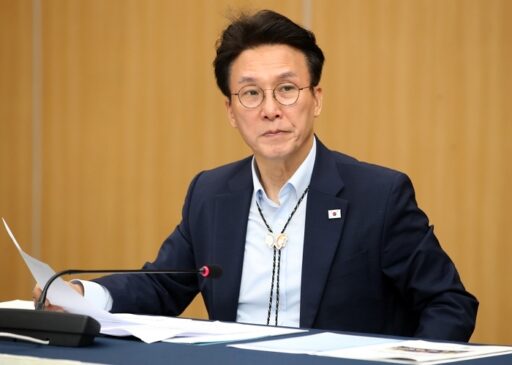6000-Year History Embodied in 'Bangudae Petroglyphs' Registered as a World Heritage Site
The 'Bangudae Petroglyphs' in Ulsan, South Korea, which preserve the culture and artistry of prehistoric Korea, have finally been registered as a UNESCO World Heritage Site. This brings the total number of world heritage sites in the Republic of Korea to 17.
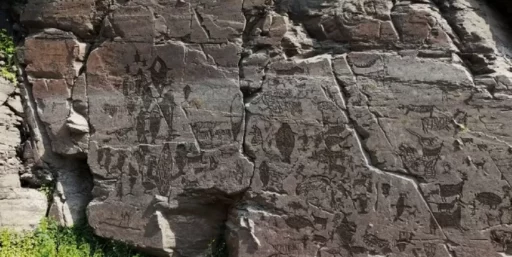
The Cultural Heritage Administration announced on the 12th (local time) that the Bangudae Petroglyphs were officially registered as a world heritage site at the 47th World Heritage Committee meeting held in Paris, France. The committee assessed it as “an outstanding evidence proving the petroglyph tradition that has continued for about 6000 years,” and made the decision to register. This is the fruit of 15 years since it was added to the provisional list of world heritage sites in 2010.
'Bangudae' and 'Cheonjeon-ri'… From Whale Hunting to the Silla Royal Family
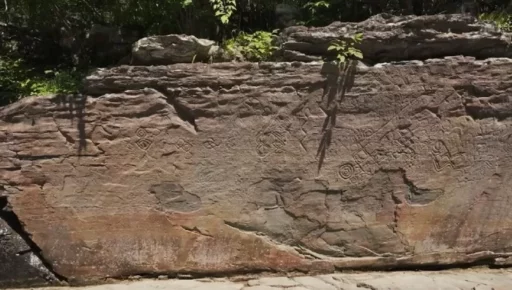
The 'Bangudae Petroglyphs' is an encompassing term for the national treasures 'Uljug Daegokri Bangudae Petroglyphs' and 'Uljug Cheonjeon-ri Inscription and Petroglyphs.'
The Daegokri Bangudae Petroglyphs are widely known for depicting the world's oldest whale hunting scenes, with various animals and hunting scenes intricately carved on a rock face measuring approximately 4.5m in height and 8m in width. The total number of identified images has reached up to 353.
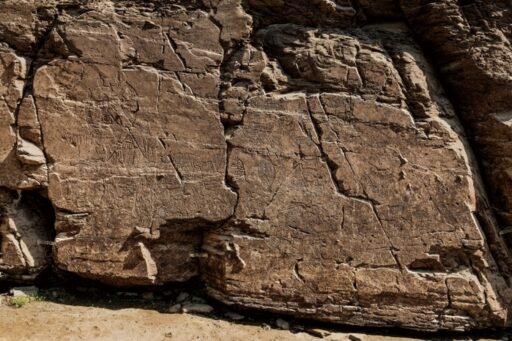
About 2 kilometers away from the Daegokri Petroglyphs, the rocks at Cheonjeon-ri exhibit various lifestyles and symbols from prehistoric times to the Silla period. Over 620 images, including geometric patterns, horse riders, and animals, are carved into a rock measuring 2.7m in height and 9.8m in width. Notably, inscriptions related to the lineage of King Beopheung of Silla add significant historical value.
Artistry and Creativity Recognized by the World
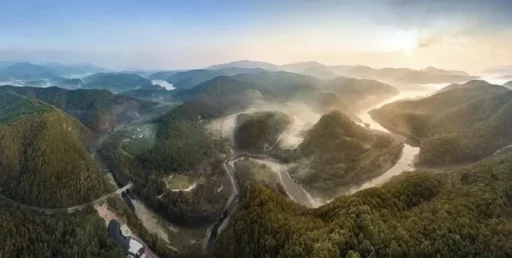
The World Heritage Committee emphasized that the recently registered site showcases "realistic forms drawn from outstanding observational skills and unique compositions that well represent the artistic sensibilities of ancient Koreans.”
It continued, “The masterpiece introduces a rare theme of whales and whale hunting through the creativity of prehistoric people, representing a concentration of culture developed along the southeastern coast, and is an exceptional case.”
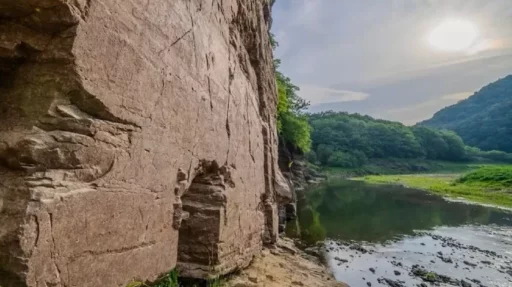
Since the registration of 'Seokguram Grotto and Bulguksa Temple', 'Haeinsa’s Janggyeongpanjeon', and 'Jongmyo Shrine' in 1995, the Republic of Korea has continuously added heritage sites to the list, including 'Changdeokgung Palace' (1997), 'Royal Tombs of the Joseon Dynasty' (2009), and 'Gaya Tumuli' (2023). With this registration of the 'Bangudae Petroglyphs', Korea's cultural heritage has once again gained international attention.
Image Sources: Uljug Daegokri Bangudae Petroglyphs / Photo courtesy of the Cultural Heritage Administration, Cheonjeon-ri Inscription and Petroglyphs / Photo courtesy of the Cultural Heritage Administration, Bangudae Petroglyphs / Photo courtesy of the Cultural Heritage Administration, Bangudae Overview / Photo courtesy of the Cultural Heritage Administration.
